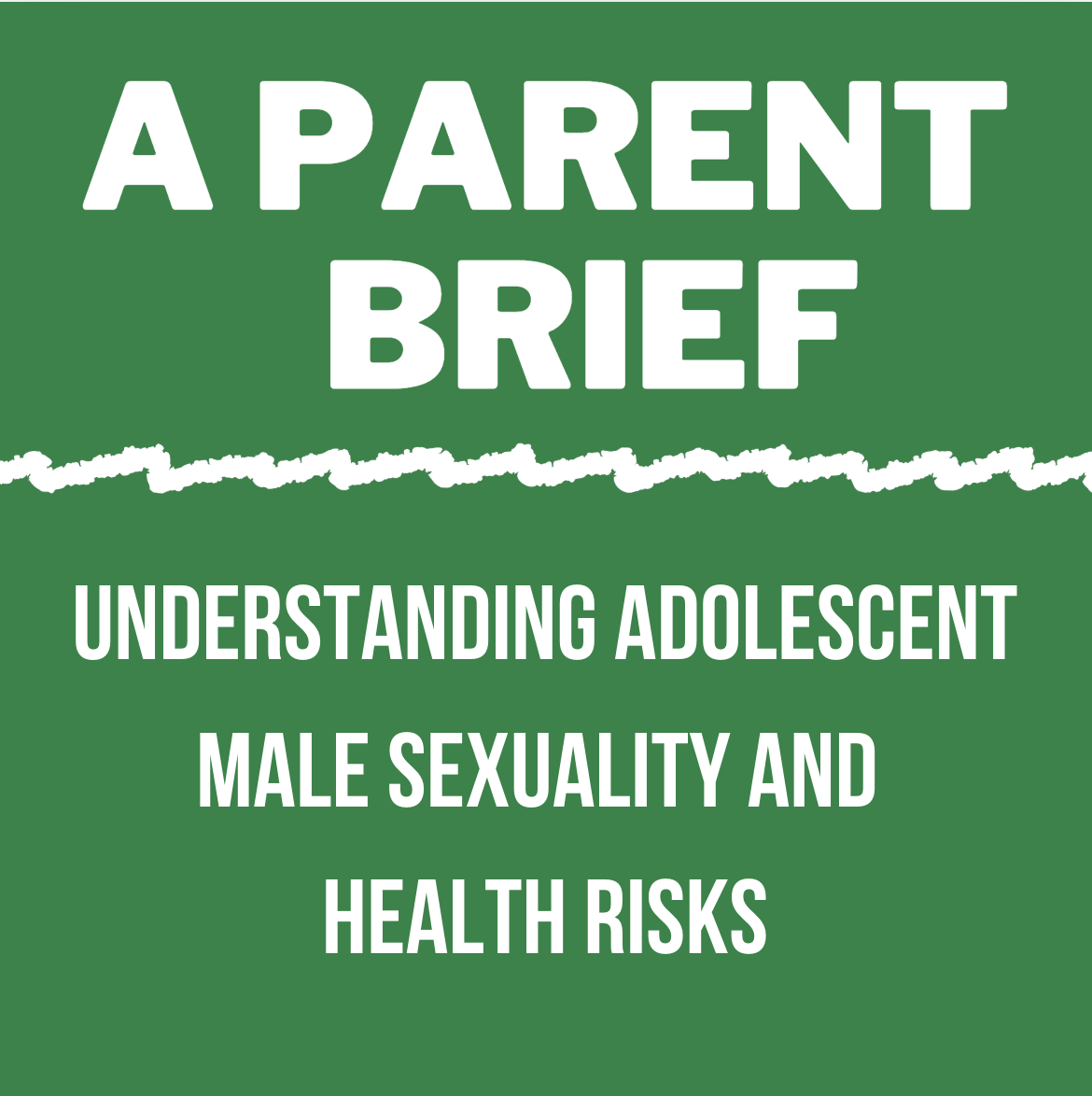
Parents
Health care providers, educators, coaches, and other trusted adults have a powerful opportunity to engage adolescent and young adult males by recognizing and responding to their unique health needs.
These young men are often overlooked in preventive care, despite facing distinct challenges, including higher rates of injury, substance use, certain mental health disorders like ADHD and suicide, and sexually transmitted infections. By becoming more attuned to these sex-specific patterns, professionals across all sectors can help bridge a long- standing gap in care. This isn’t just about treating illness—it’s about creating environments where young men feel seen, heard, and supported in making informed decisions about their well-being. When trusted figures show genuine understanding of male-specific health concerns, they unlock a critical pathway to empowerment.
Whether it’s a doctor addressing sexual health with openness and respect, a coach encouraging mental wellness as part of athletic strength, or a teacher reinforcing the importance of sleep and nutrition, these messages resonate deeply. Awareness leads to engagement, and engagement leads to action. Equipping adolescent and young adult males with knowledge and agency over their health allows them to carry those habits into adulthood. Ultimately, meeting them where they are—physically, emotionally, and culturally—transforms routine care into a powerful moment of connection and growth.Addressing male sexual health also requires a focus on the broader context of sexual consent, gender identity, and sexual orientation. Young males often receive inconsistent or inadequate education about consent, which can lead to confusion about personal boundaries and respectful sexual behavior. Furthermore, adolescent and young adult males who identify as LGBTQ+ face additional risks and stigma, including higher rates of discrimination and barriers to care. Promoting inclusive, comprehensive sexual education that affirms diverse gender and sexual identities while emphasizing the importance of mutual consent is essential for reducing risk and fostering healthy, respectful relationships among all youth.
Resources
Parent
Briefs
PMY is pleased to release four brief information sheets on issues affecting AYA males. Our hope is that this information will help guide parents to better understand the issues that young males face today.
Young Male
Fast Facts
The PMY Fast Facts series highlights the urgent, underrecognized health risks facing adolescent and young adult males. Topics include mental health, substance use, body image and eating disorders, sexual and reproductive health, and violence and trauma.
Parent
Primers
PMY’s parent primers provide in depth information on AYA male health issues. Current primers cover AYA male physical and sexual growth and the importance of HPV vaccine for AYA males.
Parent Briefs
A Parent Brief:
Supporting Your Son’s Sexual and Reproductive Health
A Parent Brief:
Understanding Adolescent Male Sexuality and Health Risks
A Parent Brief:
Understanding Boys and Pornography
A Parent Brief:
Understanding Gender from Birth Through Adolescence
Young Male
Fast Facts
The PMY Fast Facts series highlights the urgent, underrecognized health risks facing adolescent and young adult males. Topics include mental health, substance use, body image and eating disorders, sexual and reproductive health, and violence and trauma. Each brief underscores how AYA males often "age out" of pediatric care without a clear entry into adult medicine—leading to major gaps in screening, diagnosis, and support. Clinicians are encouraged to recognize the unique presentations and risk profiles in young males (such as externalized depression, high-risk sexual behavior, or disordered bulking practices), and to create more accessible, affirming pathways to care.
These factsheets serve as both awareness tools and practical guides for improving outcomes in this underserved population.
Body Image and
Eating Disorders
Substance Use Disorders
Violence and
Trauma
Sexual and Reproductive Health
Mental
Health
Parent Primers
PMY’s parent primers provide in depth information on AYA male health issues. Current primers cover AYA male physical and sexual growth and the importance of HPV vaccine for AYA males.













